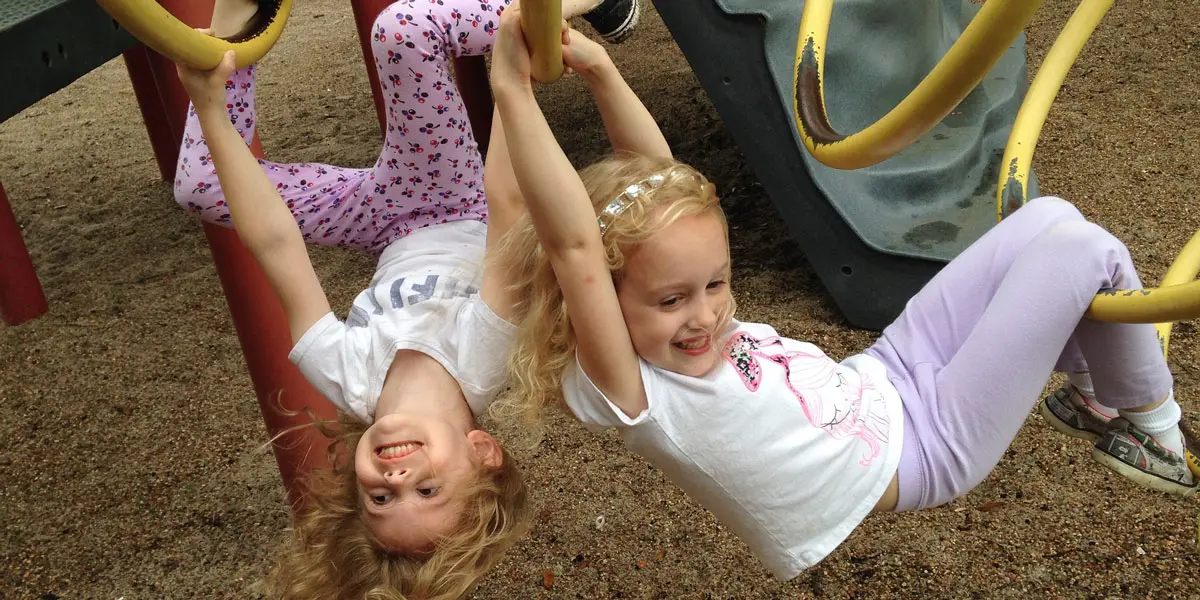Is the playground a social space open to everyone?
The Occupational Therapy Research Unit is studying how children experience playgrounds. Children with physical or mental impairments and the people accompanying them are also included in the study are. Based on the results of the study, the researchers will propose measures to improve the quality of use of playgrounds and to promote inclusion.

Climbing, swinging, hiding, running – on the playground, children can satisfy their need for exercise and meet other children. Here, they practise not just numerous physical skills such as strength, agility and coordination, but also important social skills as they make contact with one another, quarrel or make friends. Children with physical or mental impairments are often excluded from such experiences. Obstacles such as uneven ground or the children’s inability to access heights make it impossible for them to use the equipment or even to go to the playground at all.
The “Denk an mich” foundation is addressing this problem. In collaboration with partners, it is promoting playgrounds for everyone, by publishing a set of guidelines and providing financial support for playground installations. In the last six years, it has facilitated the creation of about 40 barrier-free playgrounds across Switzerland.
What children think of playgrounds
But what is the reaction to these playgrounds? How does the target group perceive them? And how does this group experience other playgrounds? The Occupational Therapy Research Unit aims to answer these questions with support from the “Denk an mich” foundation. In their project entitled “Spielplatz: Ort der Begegnung für alle?”, the research team is studying playgrounds across Switzerland in order to help develop measures to improve them. The surveys focus on children with and without impairments, as well as the people who accompany them. This is remarkable, because until now the end-users have hardly ever been involved in the development of guidelines and concepts for playgrounds.
This may have something to do with the fact that it is more challenging to interview children than adults. The researchers have indeed had this experience in the project thus far and were unable to glean very much information from the children using purely conversational interviews. That is why they adapted their method, inspired by a similar project in Hong Kong. Now, children can draw or use pieces of string, wood or other natural materials during the interviews. “Children can develop and express their ideas and desires better like this,” says project manager Dr. Christina Schulze.
By the end of the project, she and her colleagues will have interviewed about 25 children. The group of interviewees includes boys and girls of various age groups with no impairments, as well as children with various physical and mental impairments. Their responses will be used as a basis for providing suggestions to offices and companies which plan and implement playgrounds.